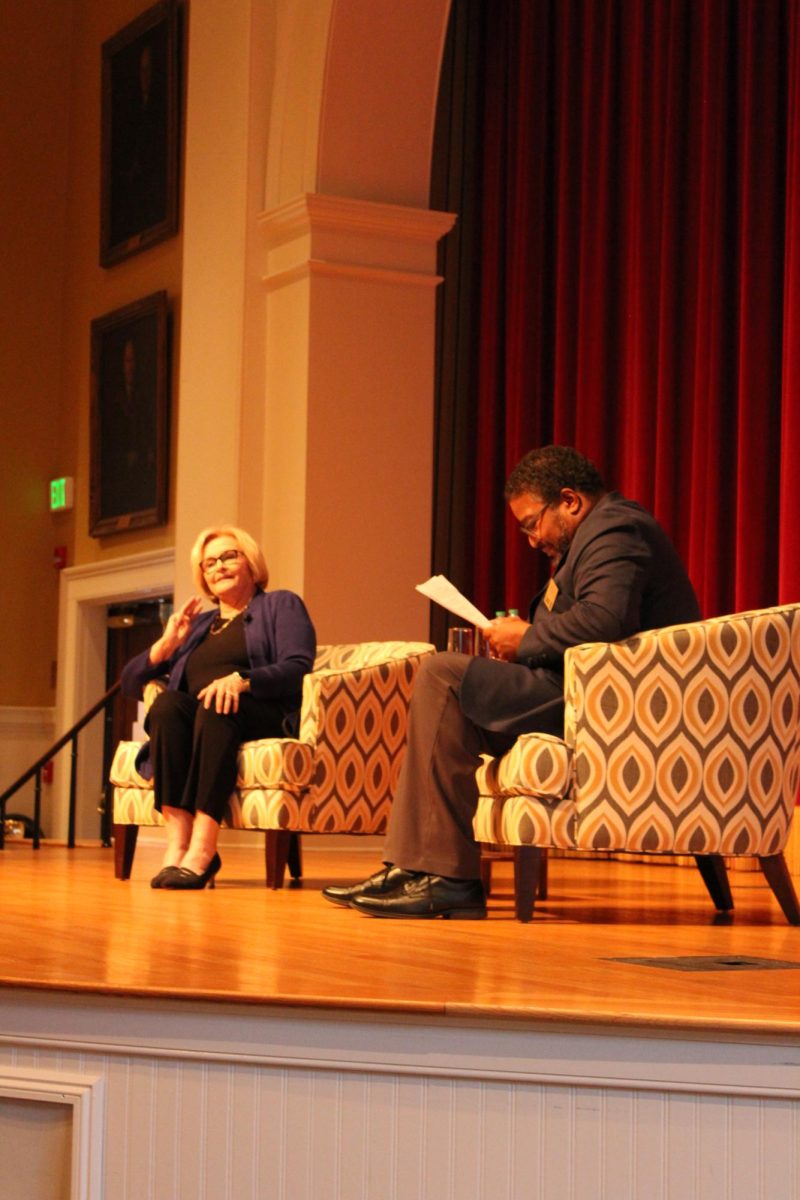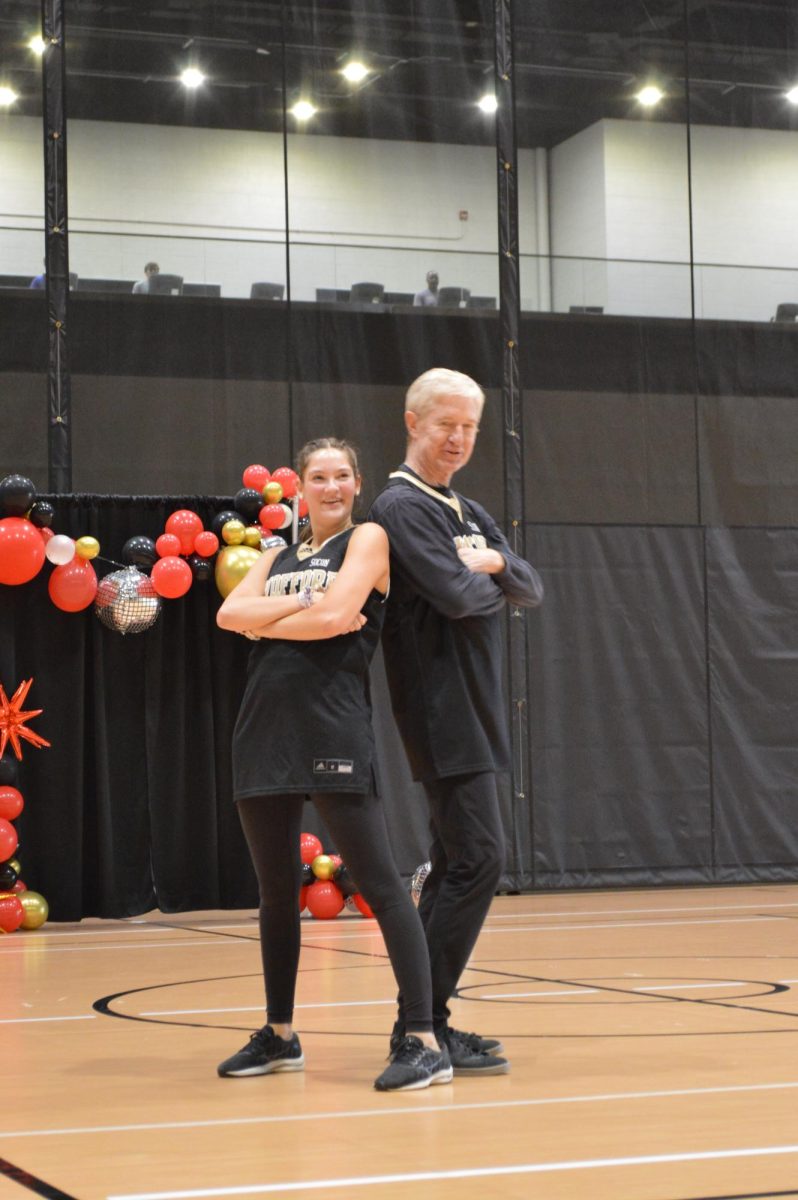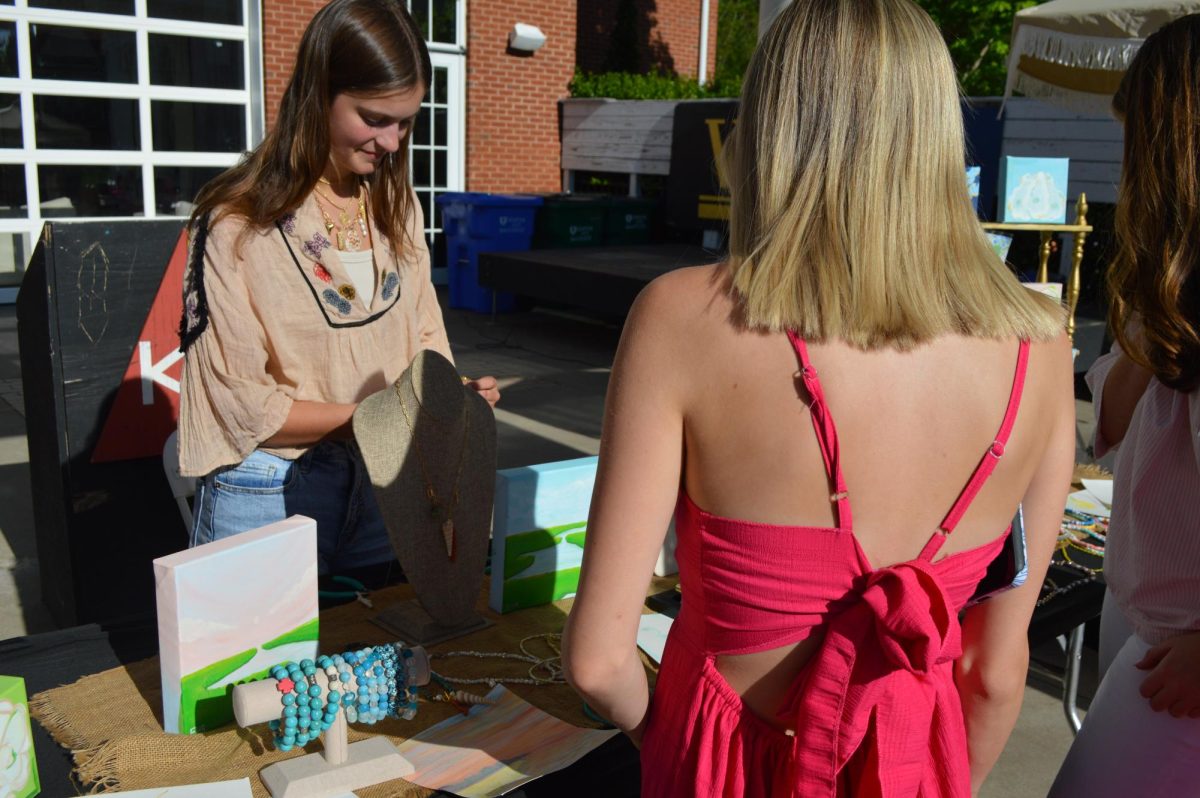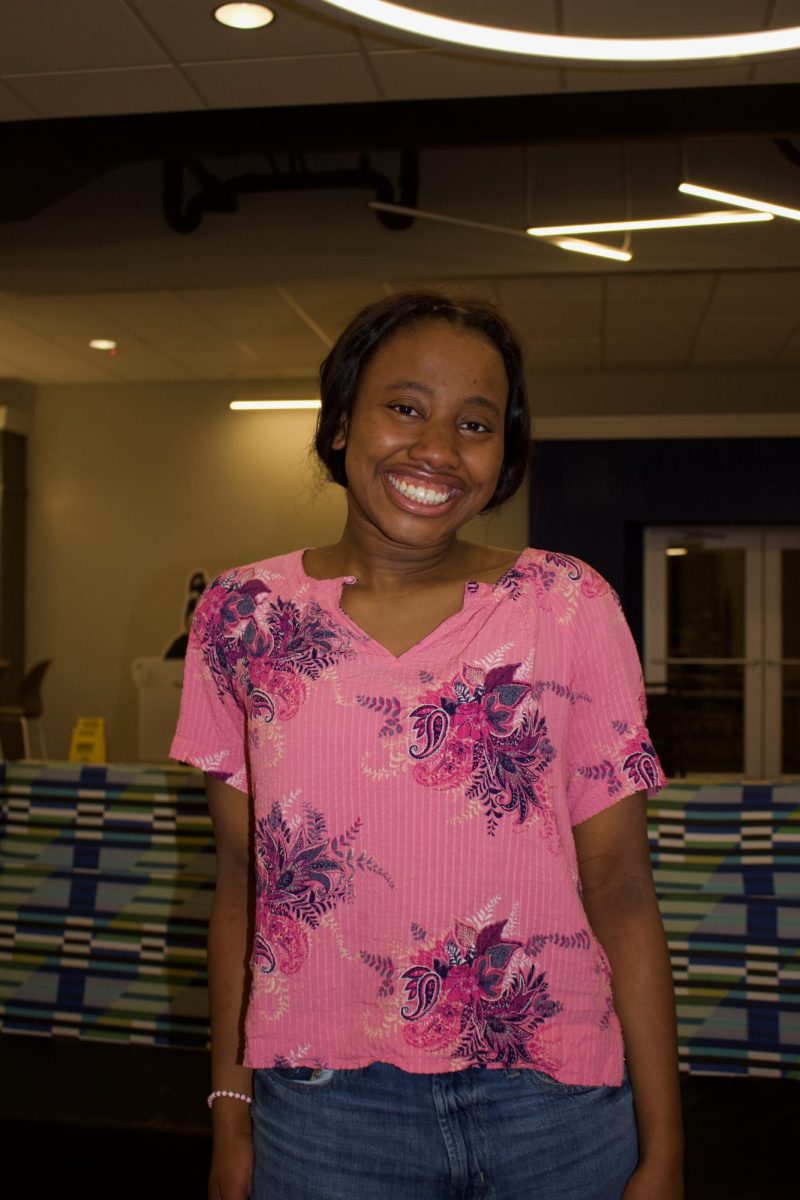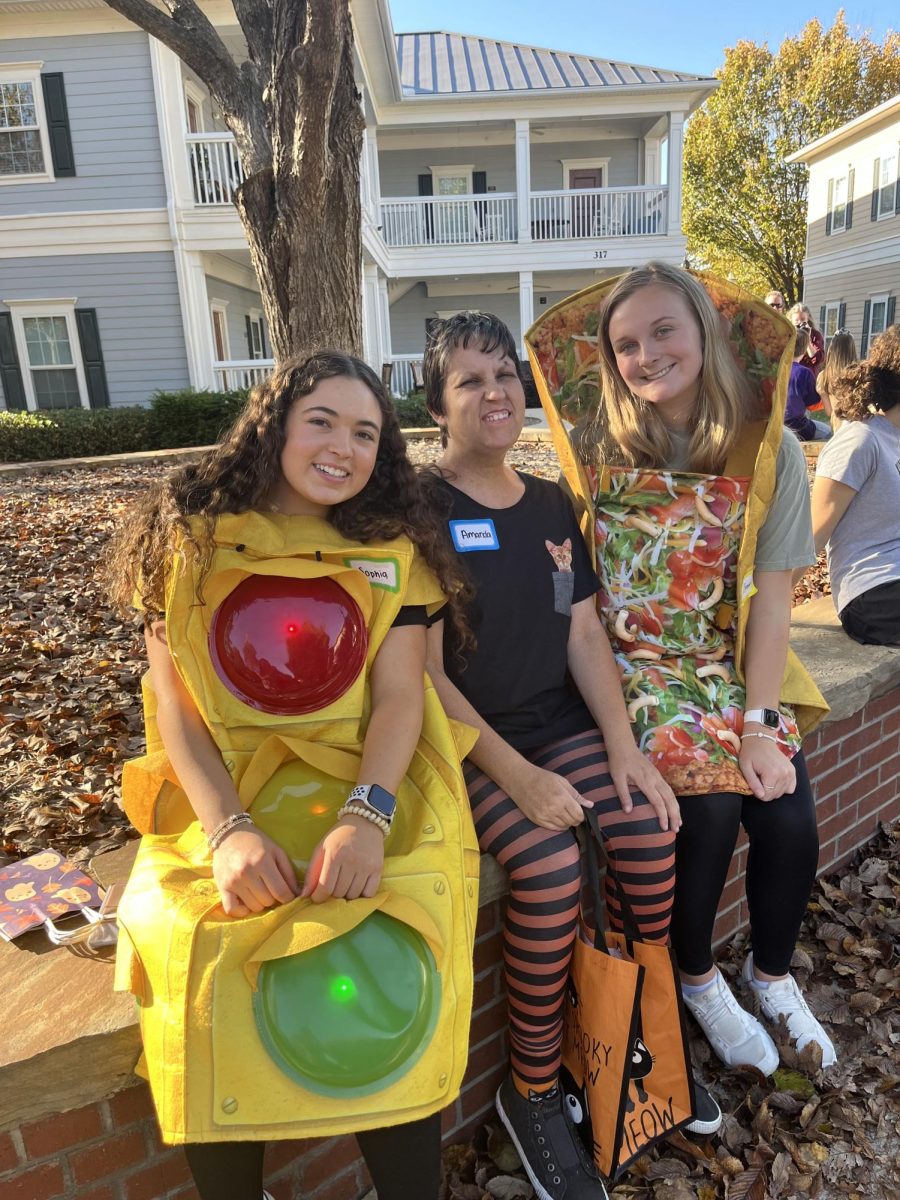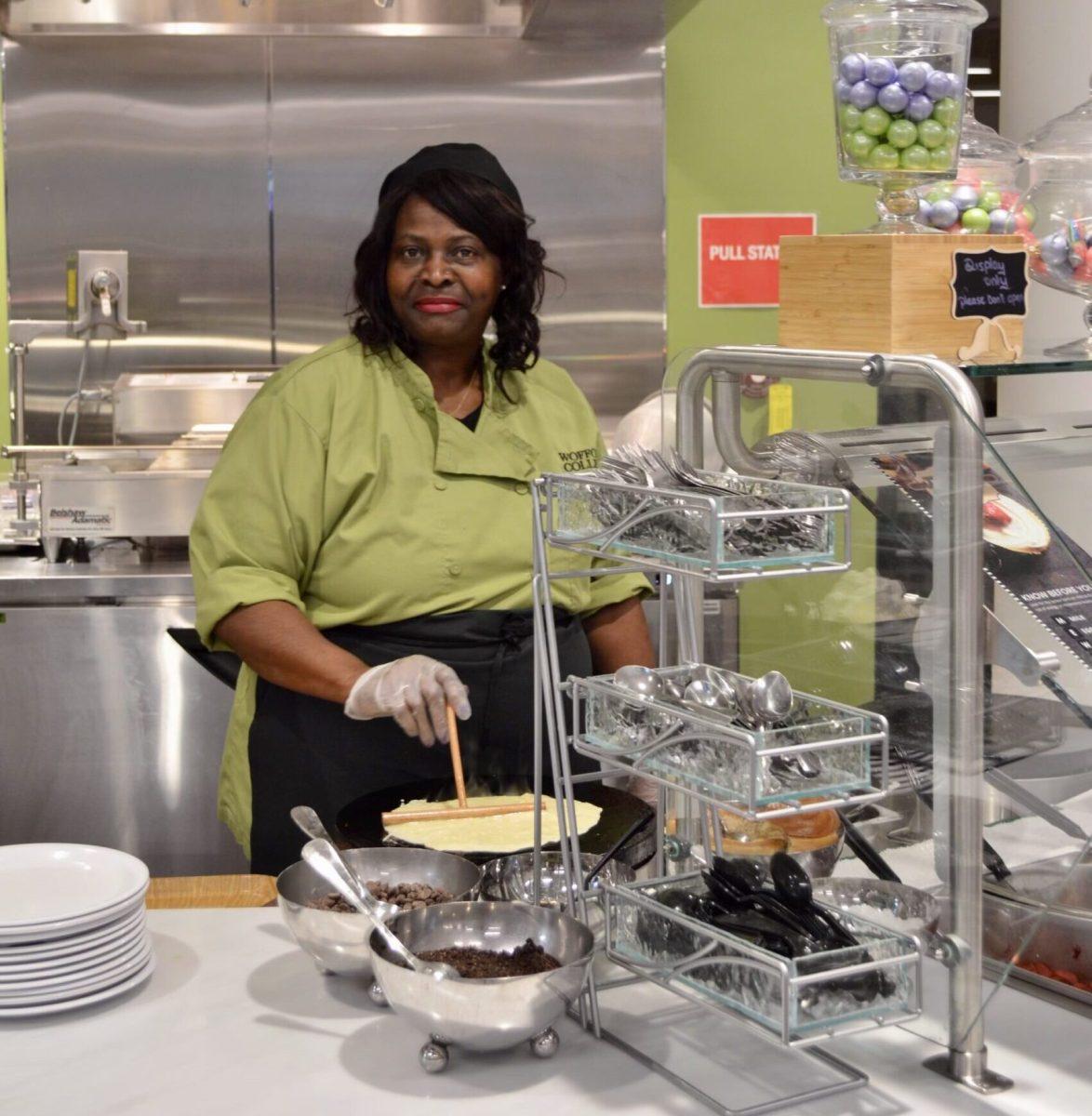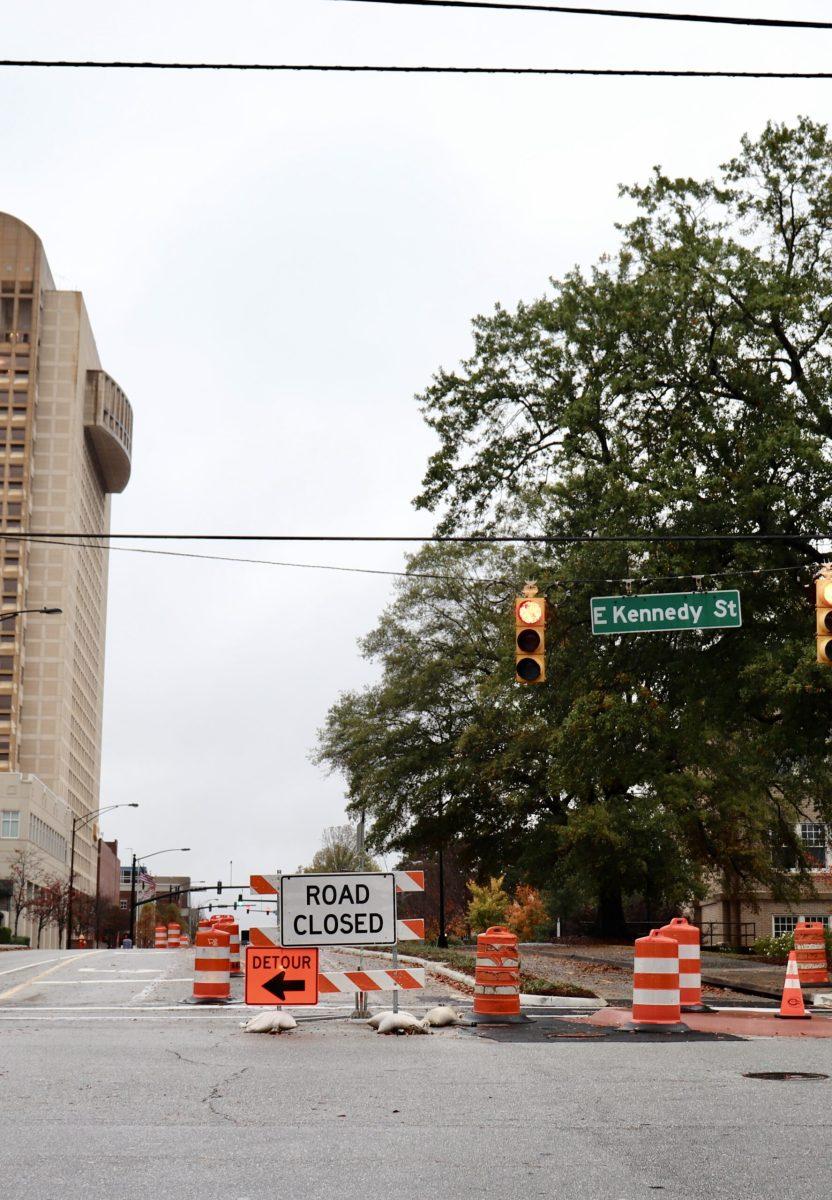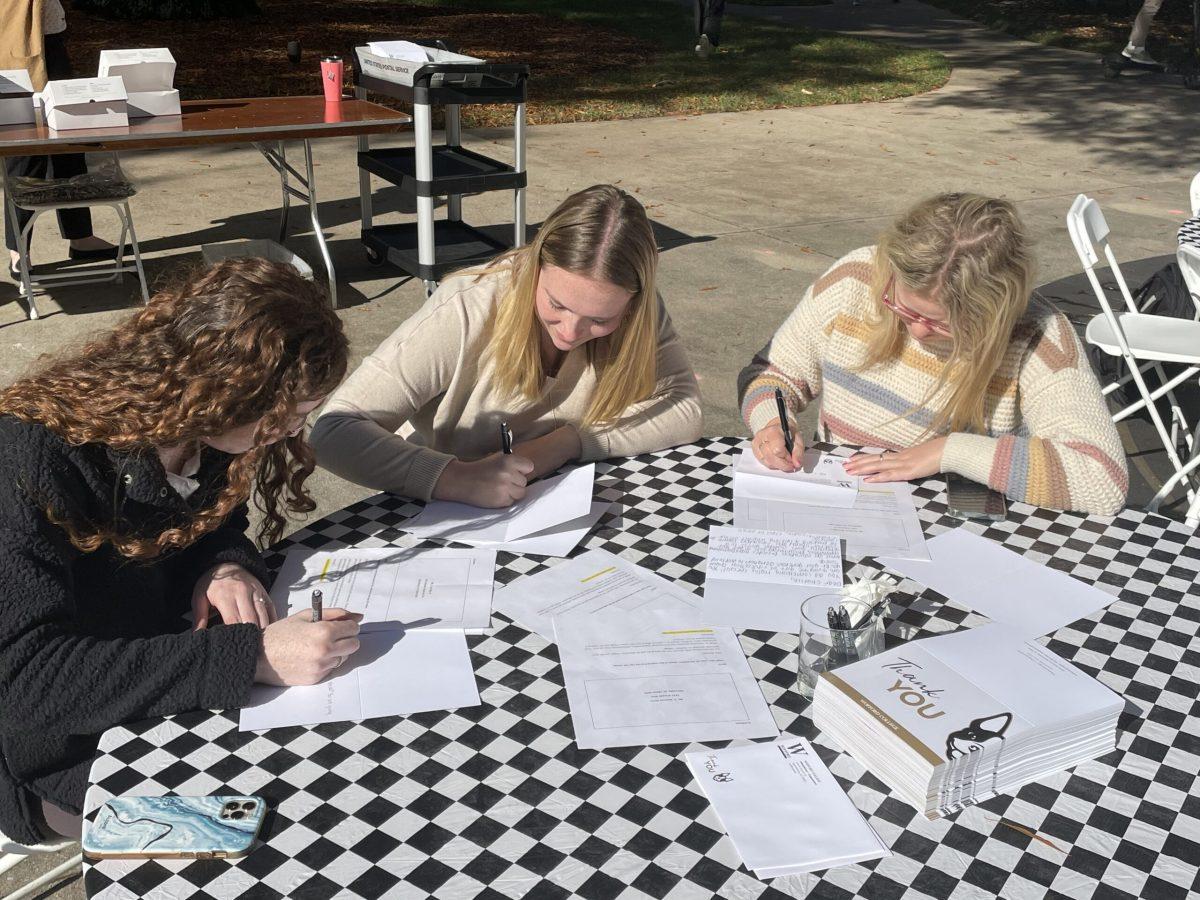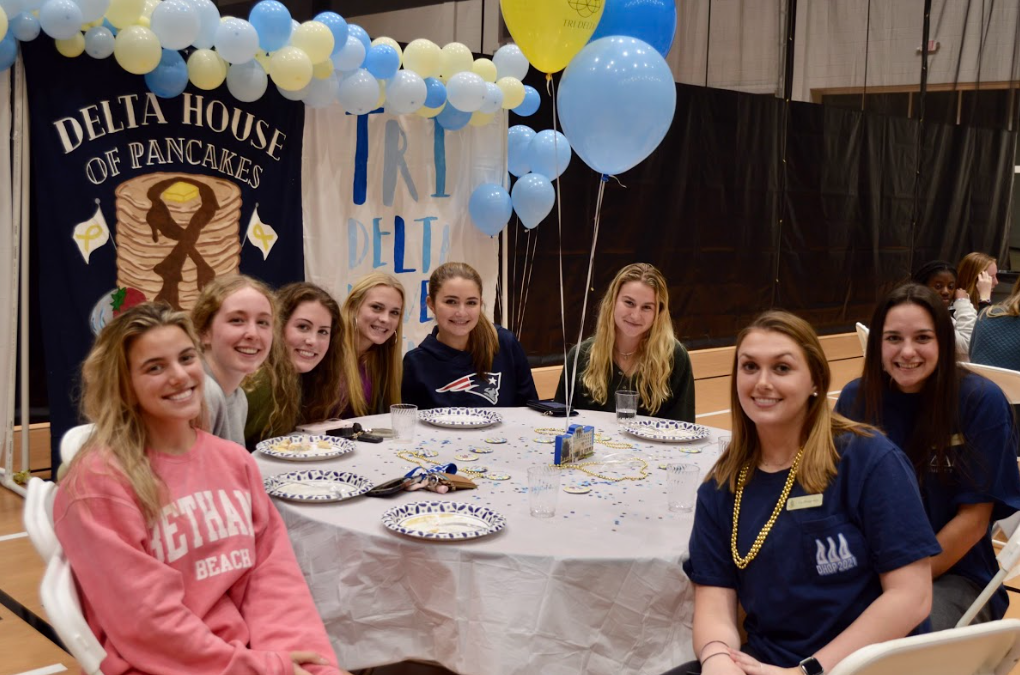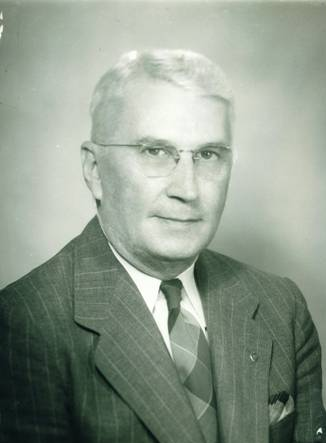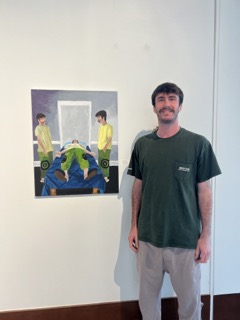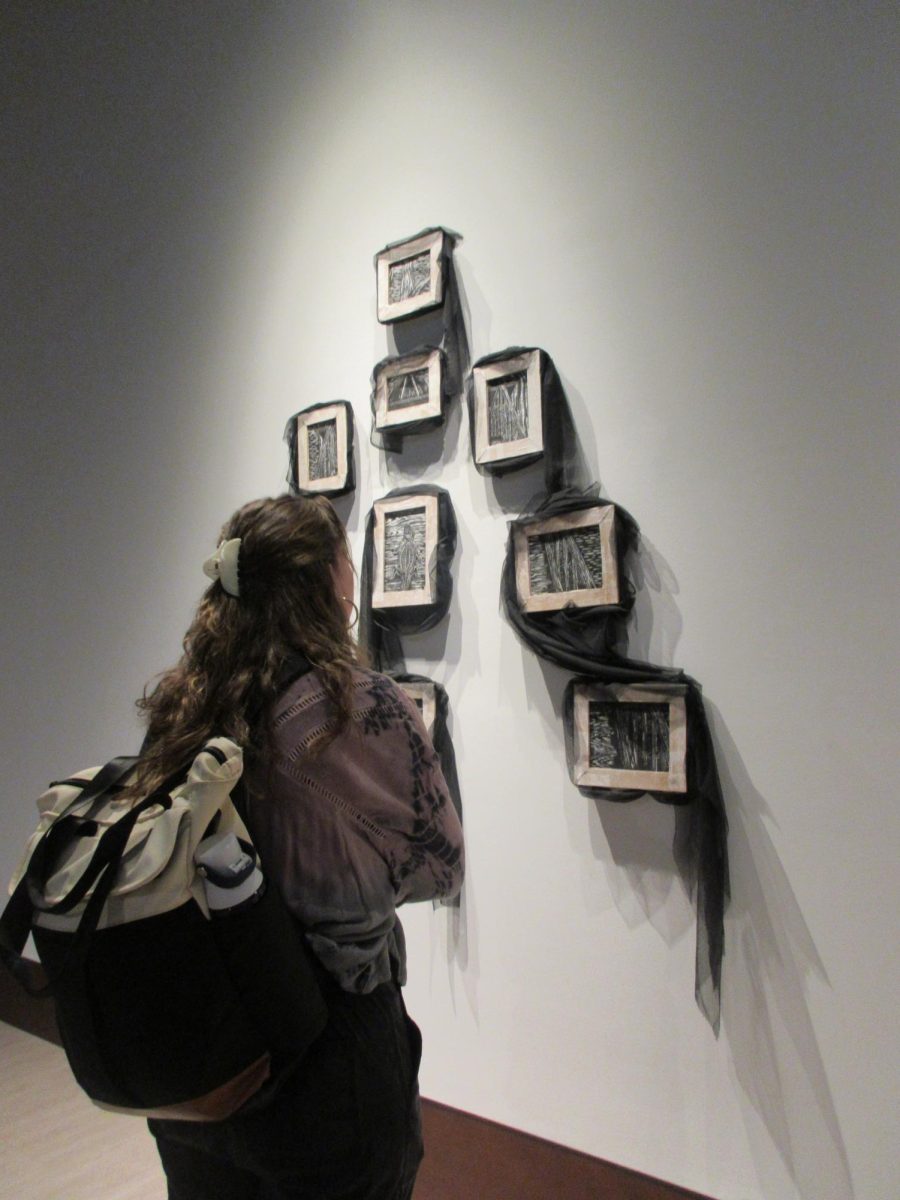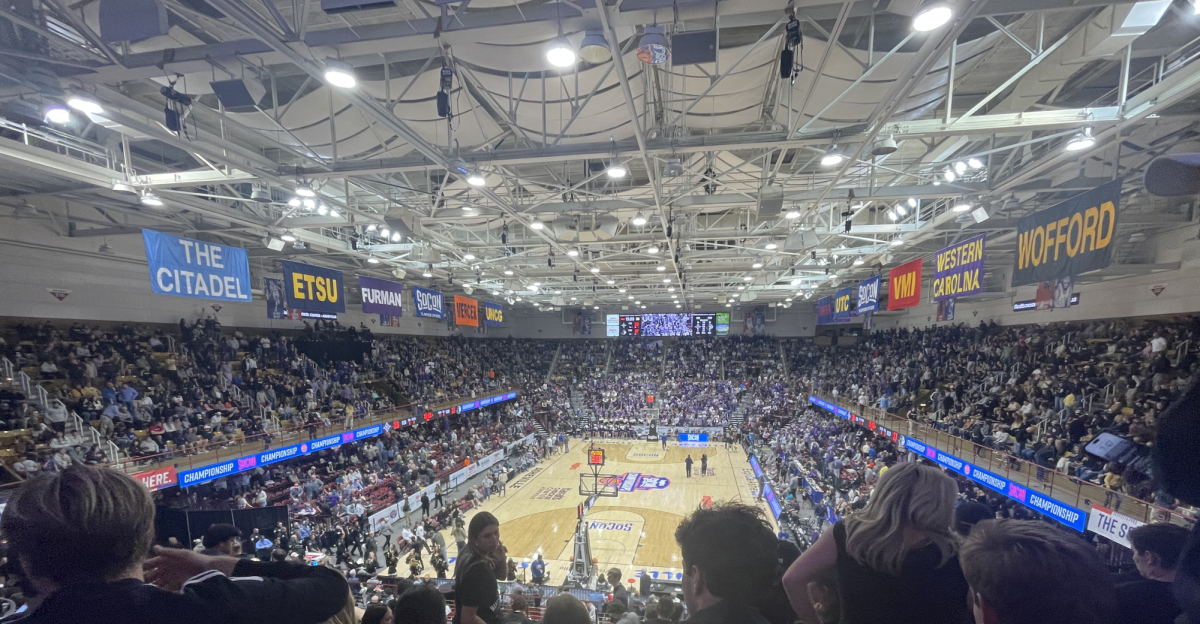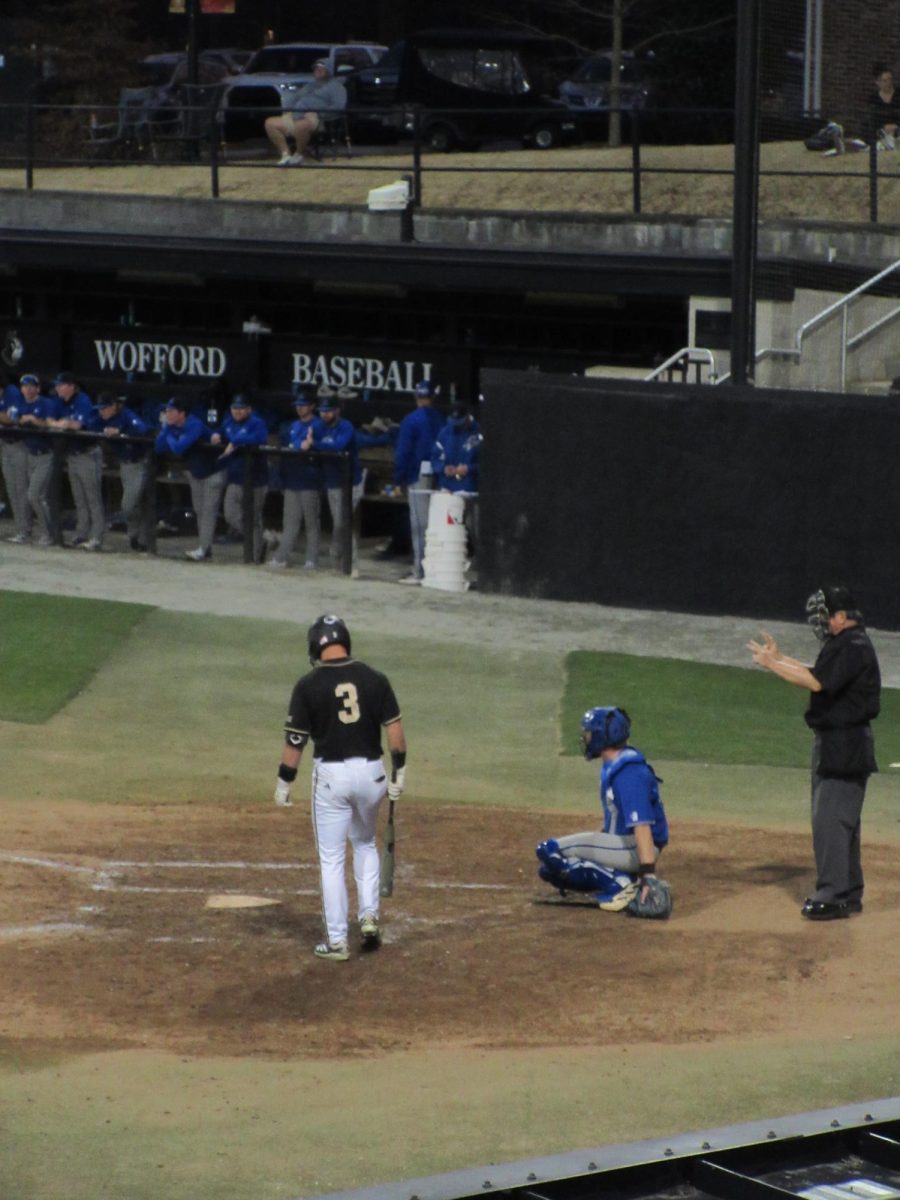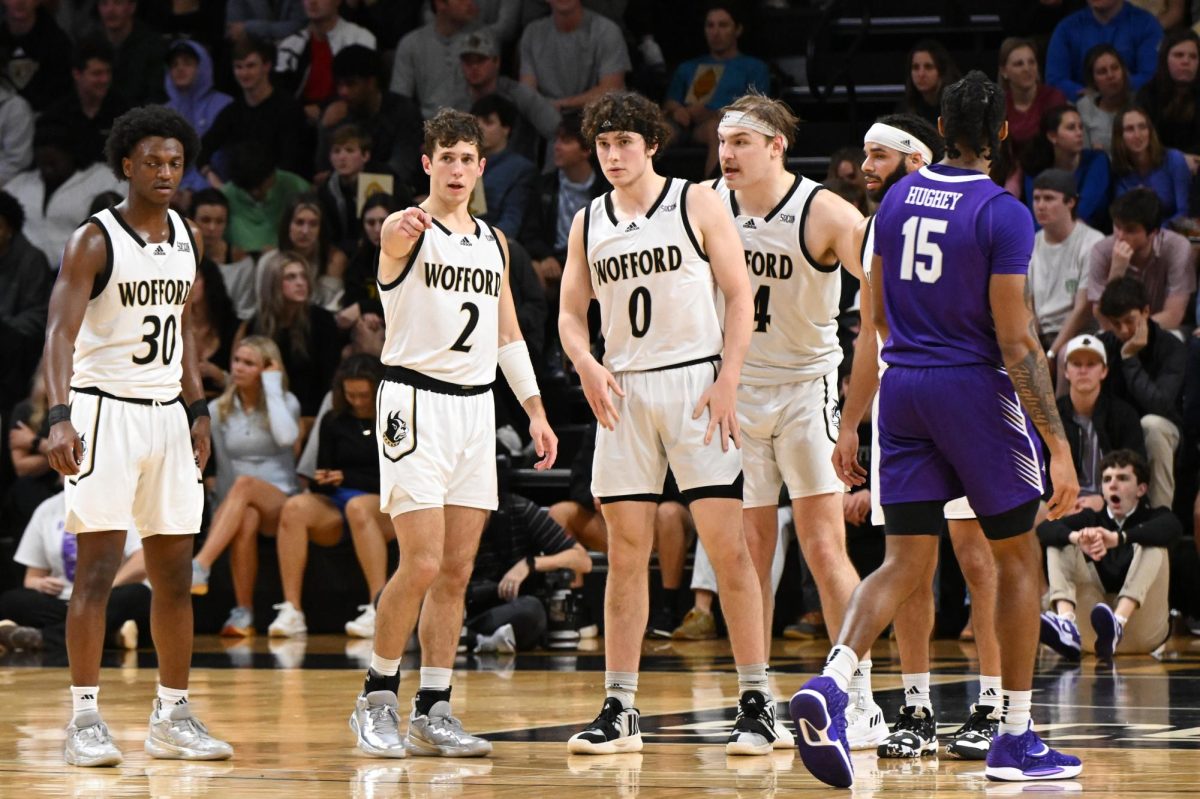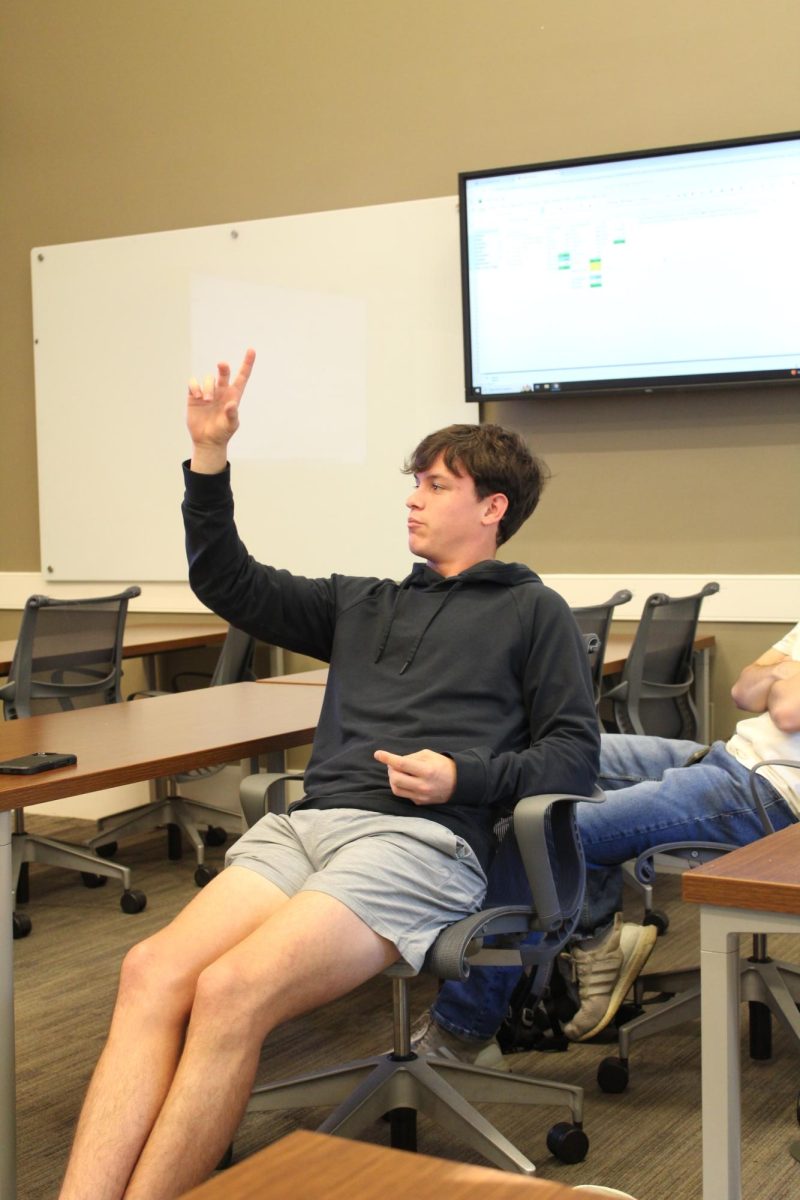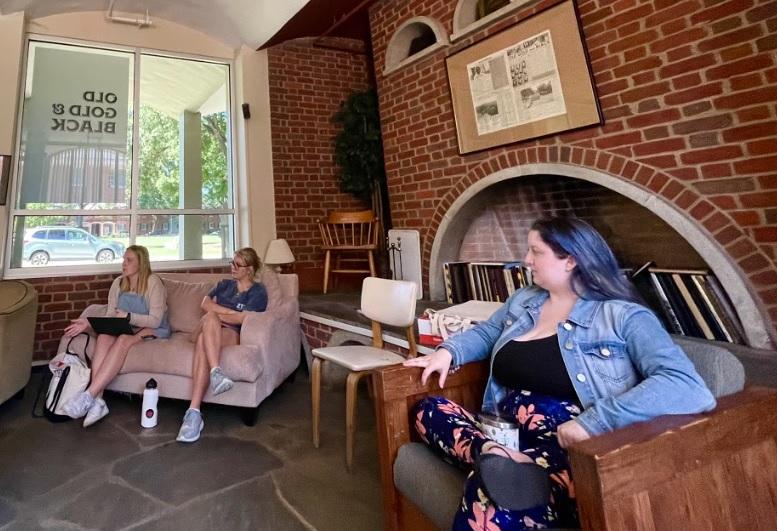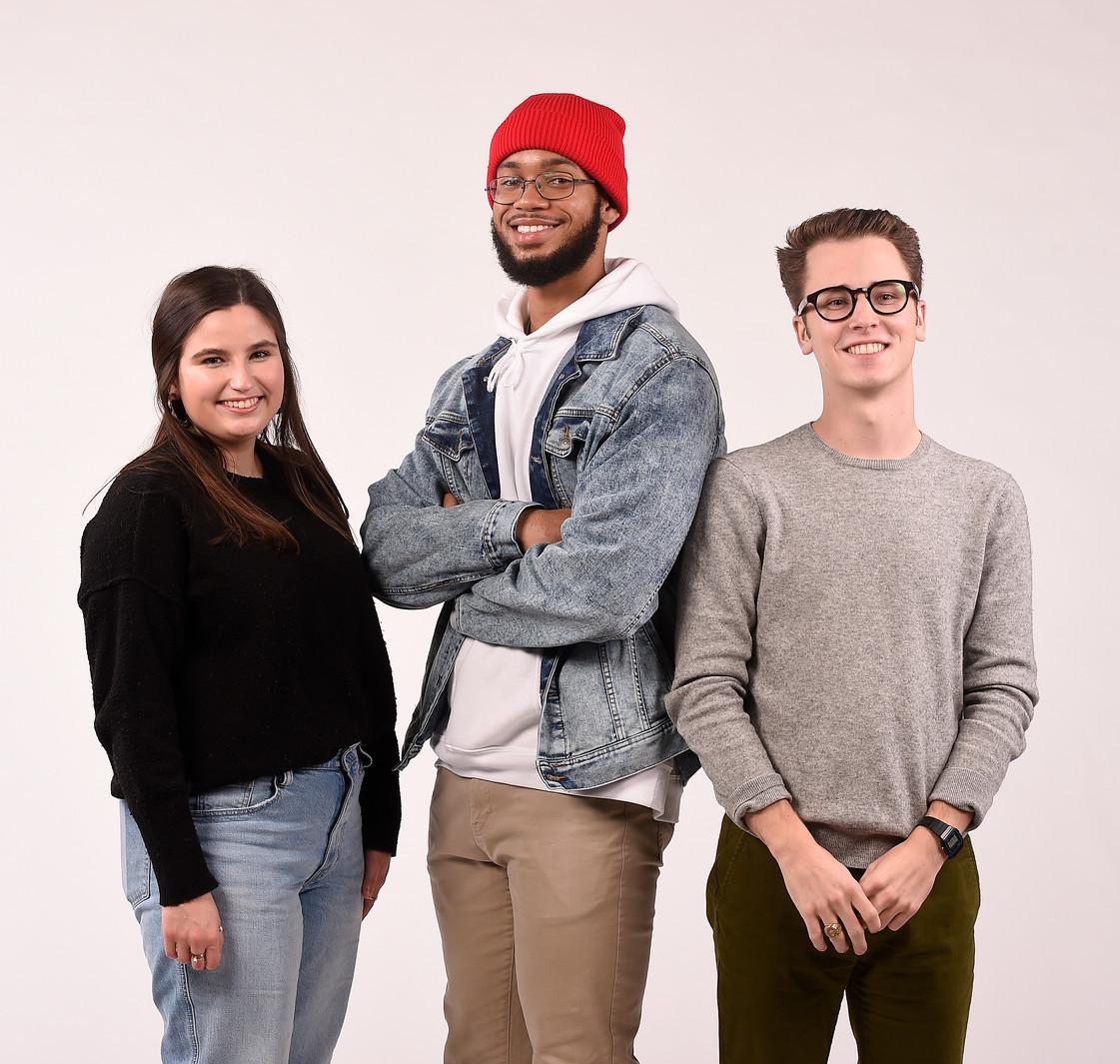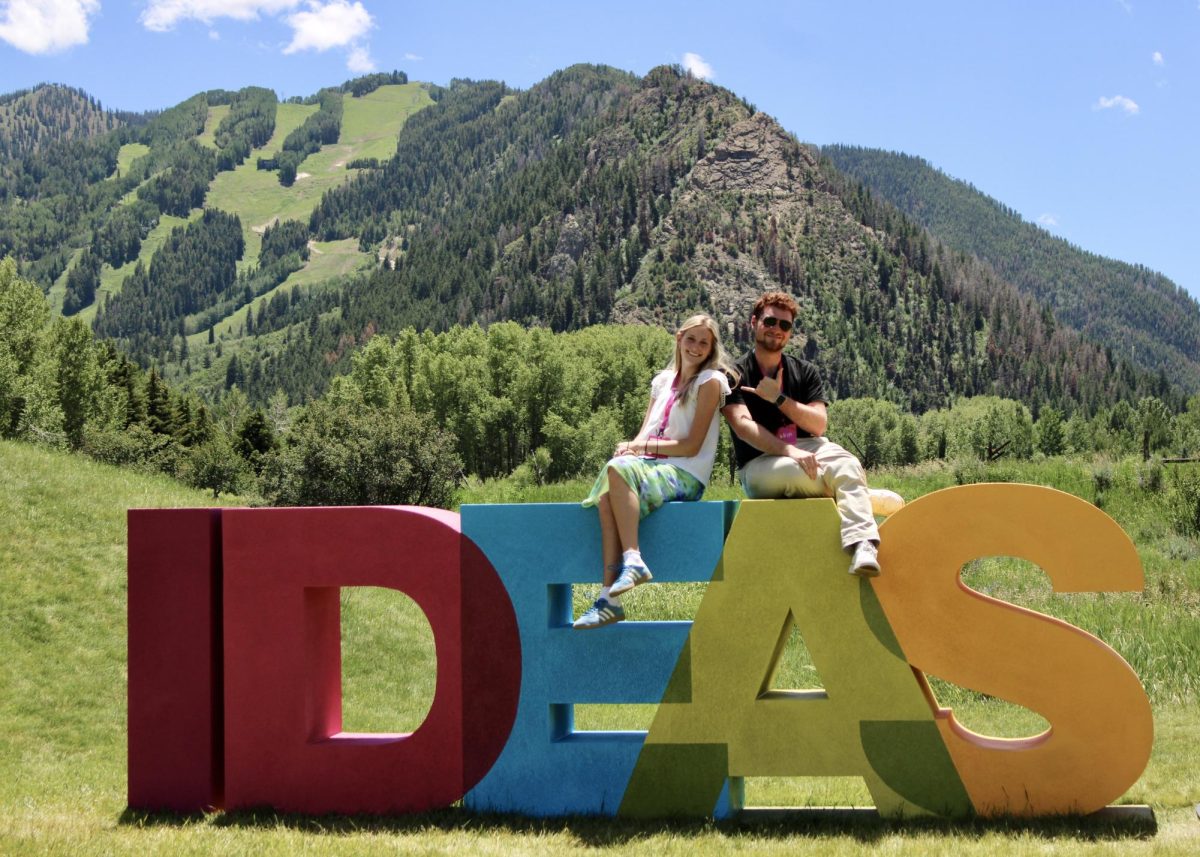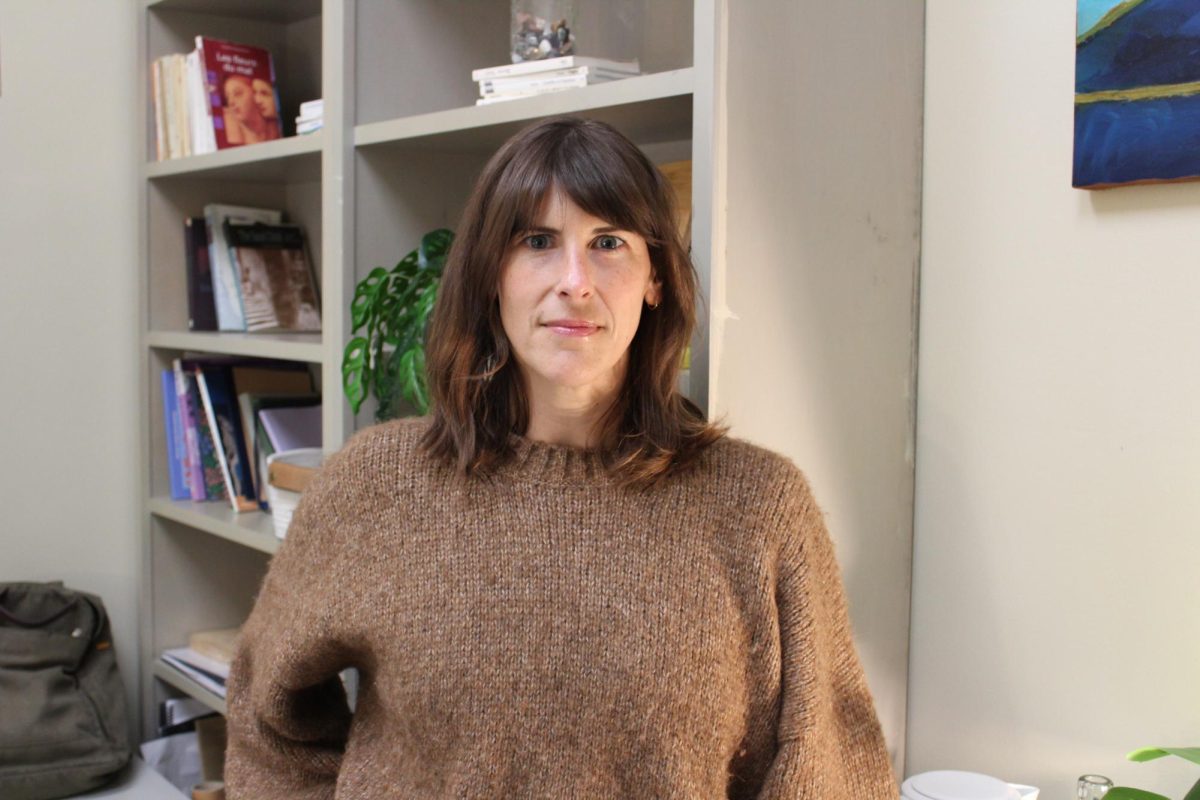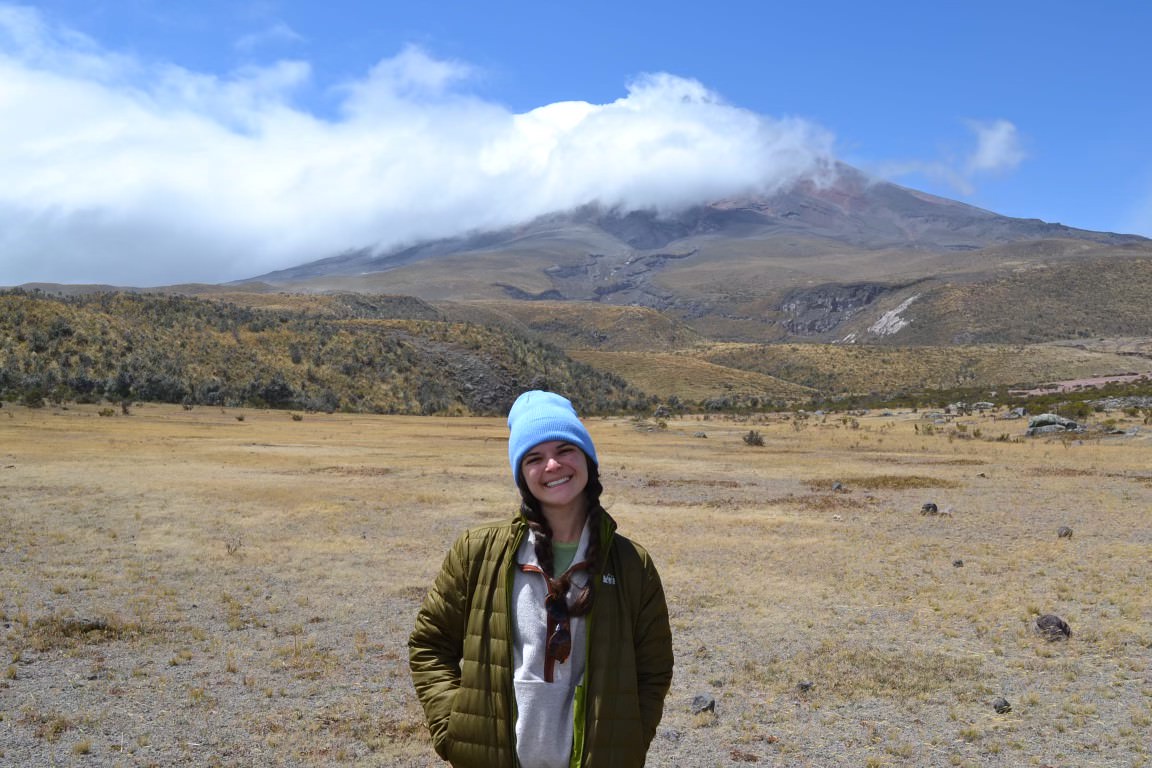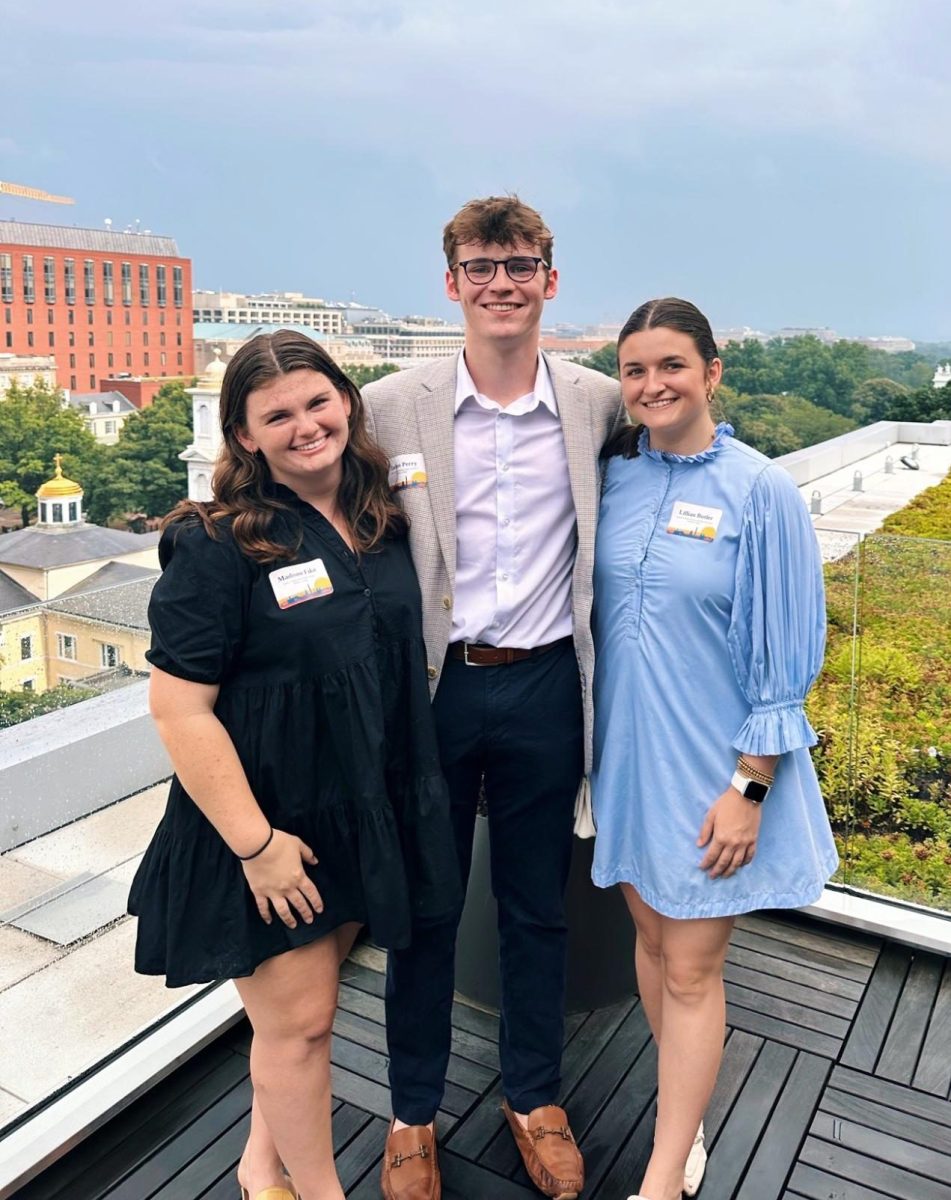Discussing US foreign relations over ceviche
With six months of South American travel under my belt, I feel comfortable explaining the political dynamics among the Southern Cone countries. I could review the history of the War of the Pacific that complicated the International Court’s decision this past fall to not permit private land access to the Pacific Ocean by Bolivia through Chilean territory. Yet sitting at a sea-side restaurant in Lima on my last day on the continent, I was
Possibly high on the oxygen-rich, humid air of Lima after a month of living at 10,000 feet in altitude in Cusco, this idea of an American invasion in Venezuela bewildered me. I didn’t spend six months learning about the repeated coups instigated and funded by American dollars that led to decades of dictatorships and consequences that still reverberate in Chile, Argentina, Uruguay, Brazil and Peru (plus others but I can only speak for the countries I spent time in) fornada.
My new friend intermittently ventured on rants about the life of a foreigner in America, the state of crime in her home city of Rio de Janiero, and offered me a weekend stay at her favorite meditation monastery in Florida in between sharing bites of her ceviche with me—by the end of our meal, the waiter thought we were friends who had known each other for 10 years. However, Pamela finally shared what I was expecting to hear: “Trump is good for South America.” It’s overly simplistic to compare the new Brazilian president to Trump, but he has been referred to me by many from varying South American nations that the two leaders are comparable. Pamela assured me that she doesn’t like Trump in America, but she believes her own people need someone like Trump, and that the Venezuelans need him, too. Her Uber driver in Lima was apparently an immigrant from the country-in-peril, and he too is hopeful for an invasion. The grocery stores are barren deserts; his family is starving. Supposedly, the Venezuelan leader will only leave office if in a body bag.
I spent four months living with a Chilean family, processing the cultural differences and seeking social explanations for the up-front racism, interviewing artists about their experiences as females in their countries and the future of the feminist movement, but on my last day I was offered one final narrative to tuck in my carry-on and take with me back to the States that American interventionists would like to hear.
Though not as ironic as meeting a Brazilian in support of an American invasion, I was not supposed to be in Lima that afternoon. At the time I was enjoying the salty air, I should have been somewhere over the Caribbean. My flight out of Cusco had been cancelled early that morning as we were in line to board. Unfortunately, my connections were booked so as not to permit any room for error, which meant I had no choice but to get in line to rebook my flight back to America. The only option was to take the midnight plane out of Lima; I could stay in Cusco and fly to Lima—gambling with the dependable afternoon rain—or get on the next flight to the capital and spend an afternoon in Lima sponsored by Latin American Airlines.
I chose the latter. After insisting on a hotel and transportation voucher since my layover was technically 12 hours, I reached the hotel in downtown Lima by 1 p.m. I had managed to score a free ice cream from my kind taxi driver which cooled my lips. My first goal was to find ceviche, the raw and “cooked” in acid seafood dish for which Lima is famous. I succeeded without much effort, and it wasn’t long that I also met a new friend, whom you know of as Pamela.
There aren’t 12 better hours to epitomize my experience in South America, nor a day that could more aptly prepare my travel-worn spirits for a rapid 12 weeks in Paris and Rome. The adventure and lessons of the day reminded me to never stop learning from the locals, to find joy in company even on days of intended solitude, and to surrender to the bonuses of cancelled flights. The joy I found in Pamela’s company, the sunny afternoon to explore an arts neighborhood and take some much-needed photos from Peru for my research, and the extra hours on the continent after dreading my departure that morning proved once and for all that not even six continuous months can teach you everything you should have learned or show you all you needed to see because you never know when you will find yourself at a booth by the sea in Lima talking about American-Venezuelan relations with a Brazilian.



